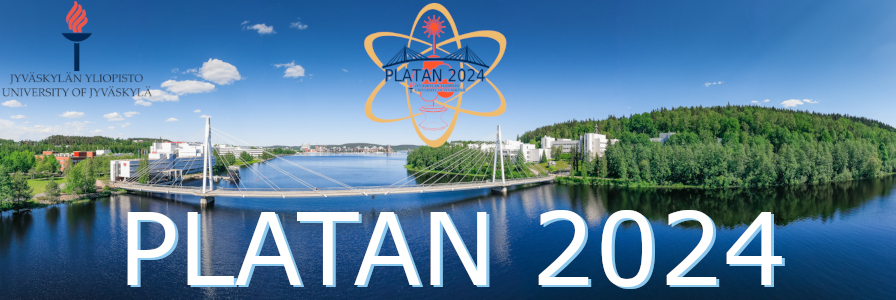Description
Radiofrequency quadrupoles (RFQ) are a widely used ion trapping device. They are used as cooler bunchers in mass and laser spectroscopy, or as stand-alone ion traps to provide insights into double beta decay modes and quantum research or in applications for chemistry and analytical sciences combined [1,2]. They feature high transport efficiencies and are able to produce narrow ion bunches, which makes them ideal injection traps for state of the art Multiple-Reflection Time-of-Flight Mass-Spectrometers (MR-TOF-MS). Various research groups worldwide are partaking in the developments of injection traps for these MR-TOF-MS [3,4].
Common RFQ devices rely on round rods to create an almost ideal quadrupolar field. To guide ions along the structure the rods are typically segmented. These standard designs require precise alignment to ensure highest quality quadrupole fields and reduced field-boundary effect. Furthermore, for a smooth field, a large number of segments must be used [5,6]. This can make traditional RFQs difficult to manufacture.
In this contribution we will present a prototype for the new injection trap system for the MR-TOF-MS system at the FRS Ion Catcher, GSI. Based on a Printed Circuit Board RFQ [7], we have manufactured a simple 12 cm long prototype injection system. A new PCB RFQ has been commissioned using 133Cs ions. It features a high efficiency and able to create bunch widths of <3ns using He buffer gas cooling.
[1] J. Gushue et al., Comprehensive Analytical Chemistry (2013), 61:255–270
[2] W. Paul, Rev. Mod. Phys. (1990) 62, p.531-540.
[3] M. Rosenbusch et al. NIMA (2023) 1047, 167824
[4] F.M. Maier et al. NIMA (2023) 1056, 168545
[5] W. R. Plass et al., NIMB (2013) 317 B, 457-462
[6] W. R. Plaß et al. Hyperfine Interactions (2019) 240:111
[7] Maria Allers et al. International Journal of Mass Spectrometry (2019) 443:32–40

